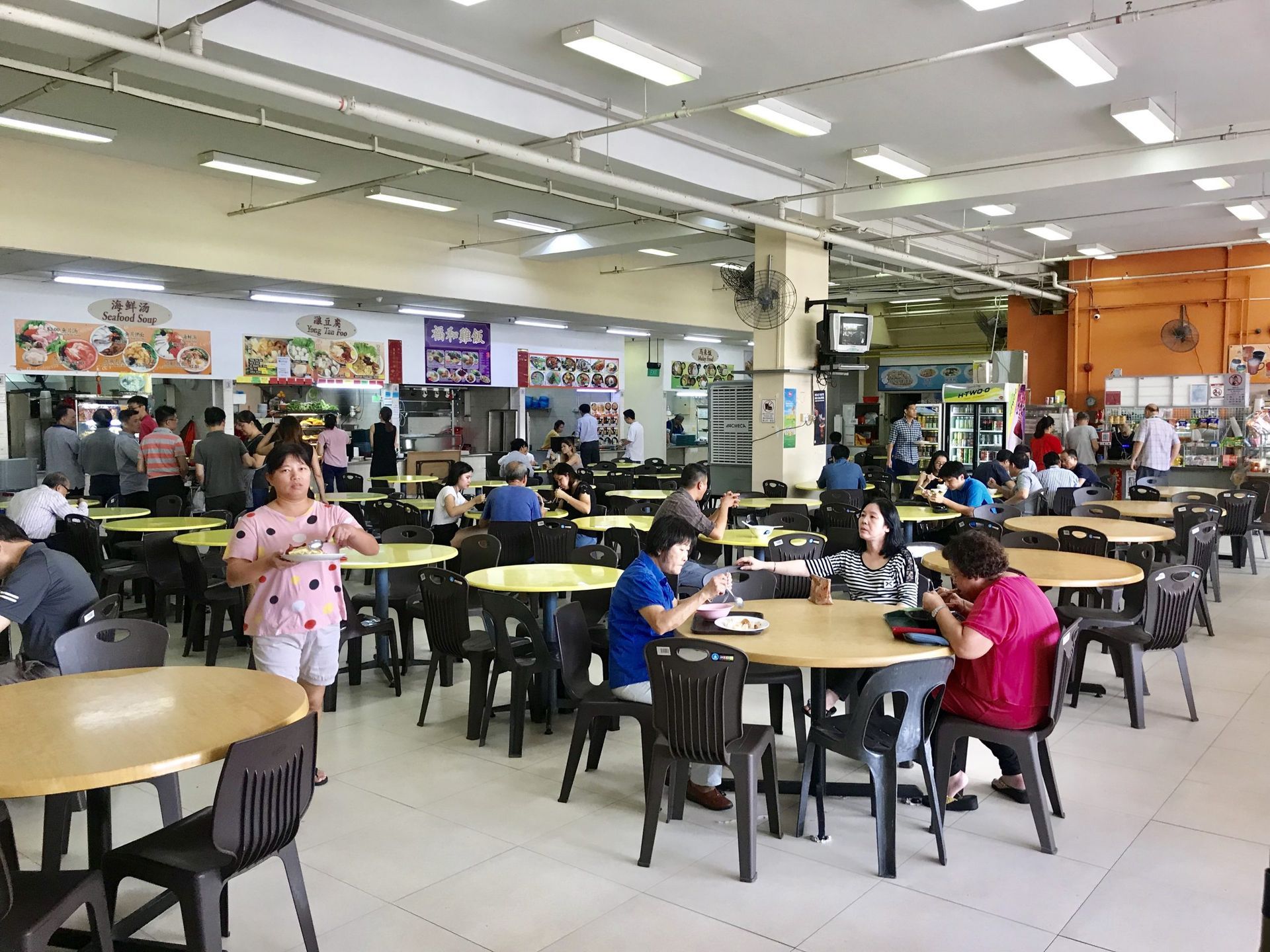Utilizing Minty CRM at Hen Le Shan (很乐山)
Paid Membership Program for More Rewards and Benefits:
Hen Le Shan introduces a structured, paid membership system, inviting customers to join for a nominal fee of $30. Tier 1 members enjoy several benefits, including:
- 8% Cashback: On total bills during weekdays, with cashback redeemable on subsequent visits.
- Birthday Voucher: A $30 voucher to celebrate their birthday month.
- Exclusive Discounts: Access to 50% discounts on members-only dishes offered sporadically.
For those not ready to commit to a paid membership, Hen Le Shan offers a regular tier membership at no cost, providing:
- Lifetime Validity: Membership remains valid for life.
- 5% Cashback: On all bills, redeemable on the next visit.
However, the perks of birthday vouchers and exclusive dish discounts are reserved for Tier 1 members.
Multi-Outlet Membership Management
Minty CRM enables Hen Le Shan to manage memberships seamlessly across multiple outlets. Members can enjoy their benefits and redeem rewards at any Hen Le Shan location, providing a consistent and unified experience.
Hen Le Shan Top-Up Program: Hen Le Shan's top-up program not only generates immediate cash flow for running the business but also encourages customer loyalty by ensuring members return to redeem their credits.
Member Pricing Strategy: Another strategy employed by Hen Le Shan is offering special member pricing to attract more customers to join the membership program. This approach enhances customer retention and increases the perceived value of being a member.
Simplified Membership Sign-up: Recognizing the importance of making the membership sign-up process as seamless as possible, Hen Le Shan employs a straightforward approach. By simply scanning a QR code, customers can easily become members, significantly reducing any hesitancy and encouraging more diners to take advantage of the membership benefits.
This innovative use of Minty CRM not only streamlines the customer experience but also solidifies Hen Le Shan's reputation as a forward-thinking establishment committed to rewarding its loyal patrons.
If you are looking for a customer loyalty management solution (CRM), get in touch with us through WhatsApp or send in an enquiry!
Interested in a CRM Based POS System, QR ordering or a standalone CRM membership system?
Send an Enquiry!
You might also like



